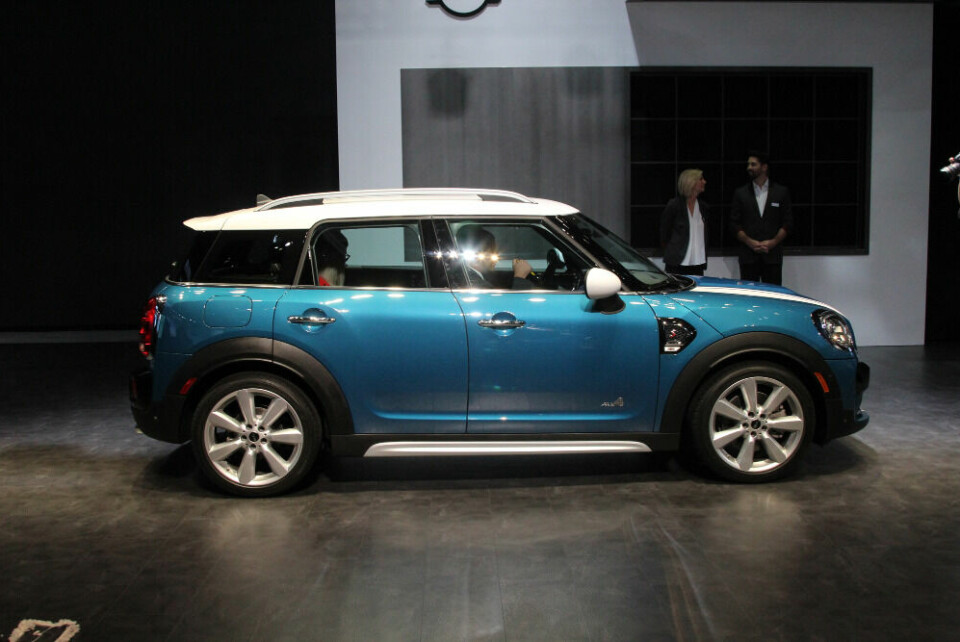
LA 2016: Mini Countryman is bigger but not better
Proportional shift brings more space, but fussier detailing means more ungainly appearance
The Countryman was a controversial car in its previous incarnation: at launch, many of its critics said such a format and such a size of car pushed the Mini brand to an uncomfortable extreme. Yet the Countryman sold well, and its second generation debuts here in LA on a new platform — BMW’s UKL1, which already underpins the BMW X1, 2-Series Active Tourer, and Mini three- and five-door and Clubman.
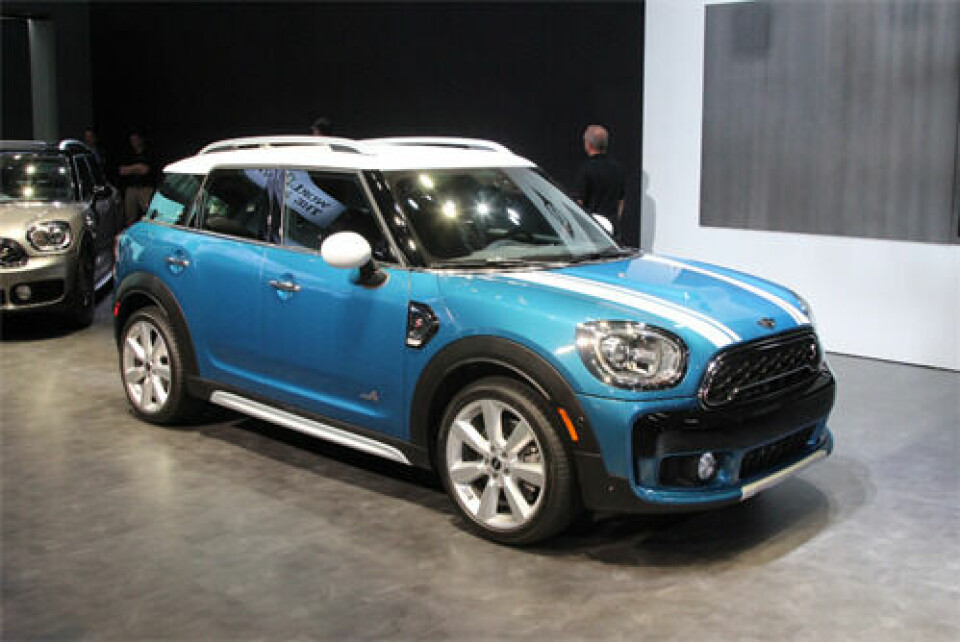
Longer than the outgoing car, the new Countryman has undergone a proportional shift. The A-pillars sit further back, the glasshouse appears slimmer, and the car looks less tall overall. This shift creates more space inside — particularly to the benefit of rear seat passengers and the trunk, which is more family-friendly. These new proportions, the longer SUV body and better volume management mean the Clubman overcomes its smaller brothers’ most significant flaws: the comparatively high scuttle and ungainly nose. The lamp and front clip treatment help the front overhang appear less pronounced, too.
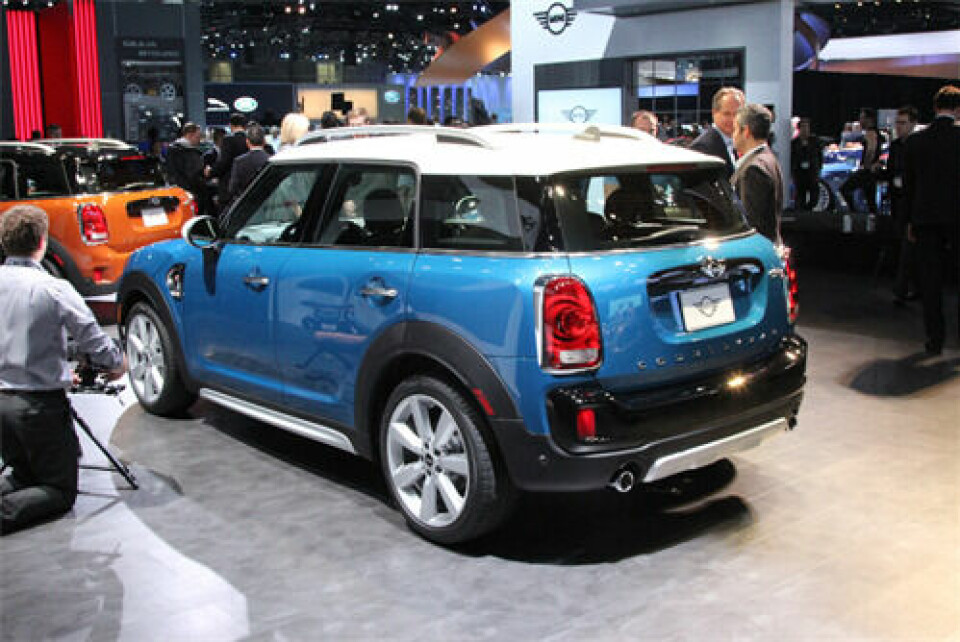
However, this is where much of the design good news ends. Beyond proportion, the new Countryman is a much fussier design. The surfacing in particular is odd, introducing numerous new swages, character lines and panel surface changes which run counter to Mini’s clean surface language up to this point. A change is one thing, but the way these changes have been wrought is perplexing at times. The front fender is a good example: a soft crease running off the lamp can, cresting aft of the front wheel and then diving down and crashing lazily into the scuttle panel ahead of the door shut, where it disappears.
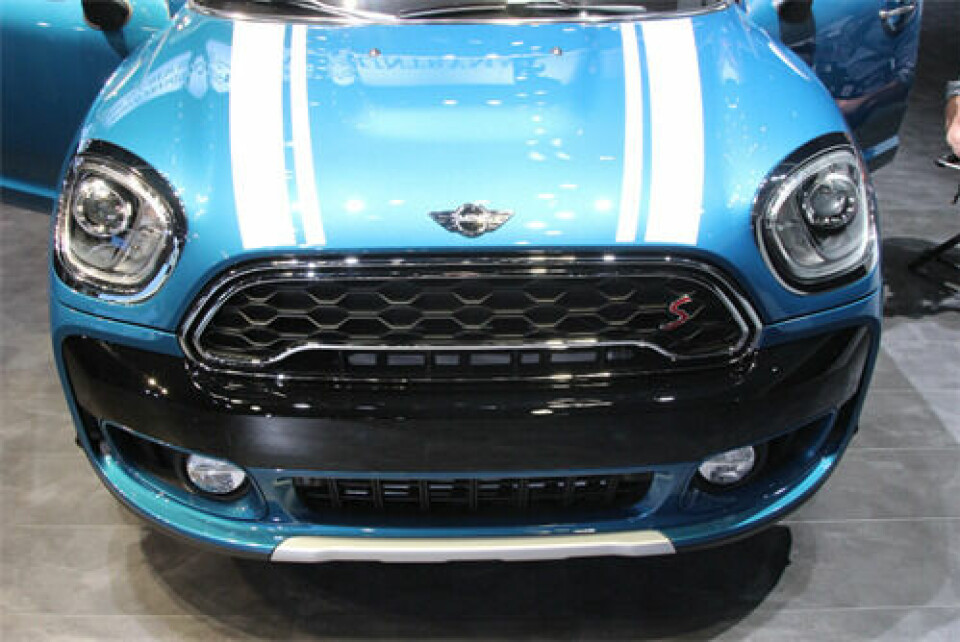
The detailing doesn’t help, tending to jar with the surfaces and squaring off the traditional Mini round themes in an uncomfortable way (see front lamps). Throw in the contrast roof, bonnet stripes, black gloss accents and the secondary rocker insert, jarring against matte cladding, and the Countryman looks awkward and ungainly from many angles.
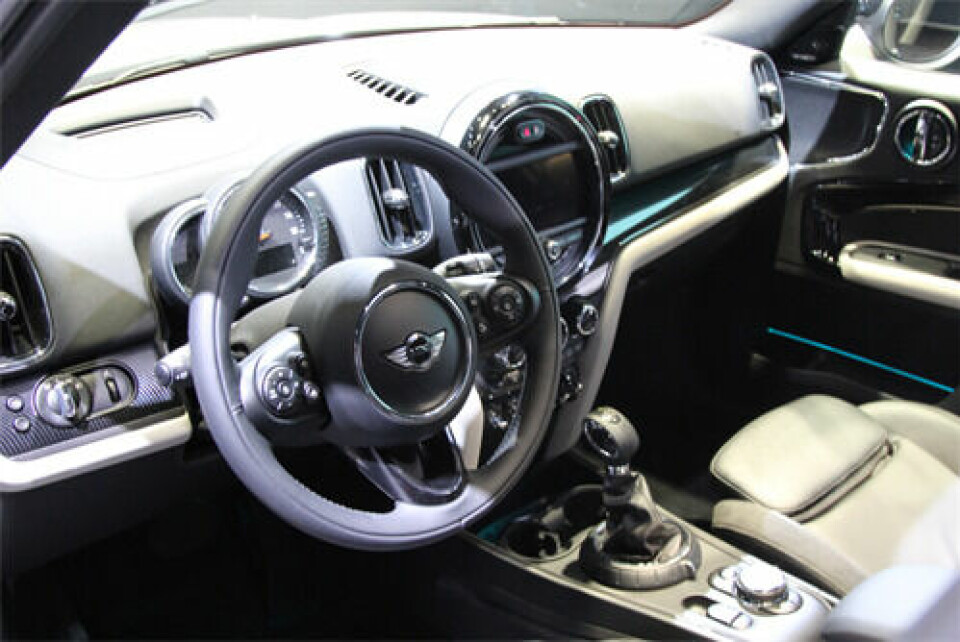
Inside, there’s the usual raft of Mini personalisation options and the high-quality diamond stitched leather seen first in the Clubman, but overall the perceived quality is of a much lower standard than the six-door hatchback-cum-wagon. And gone is the clever, clip-in central rail of the last Countryman. A fold out boot protector appears to be the last stand of Countryman innovation.
The Mini brand is strong enough, the on-board technology smart enough, and the range of engine and colour, trim and personalisation choices wide enough to mean that this car will still doubtless do well. Its increased size and new proportions are likely to appeal to buyers. But overall, from a design perspective, it paints a picture of a Mini brand that seems lost — or at the very least, of a series of management decisions that lacked confidence and courage.



